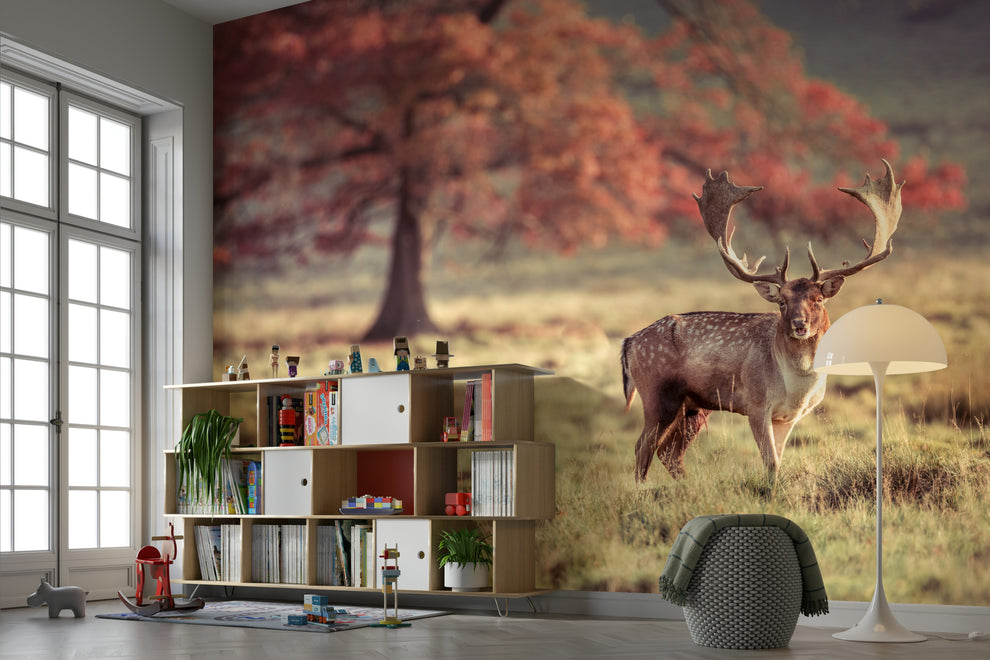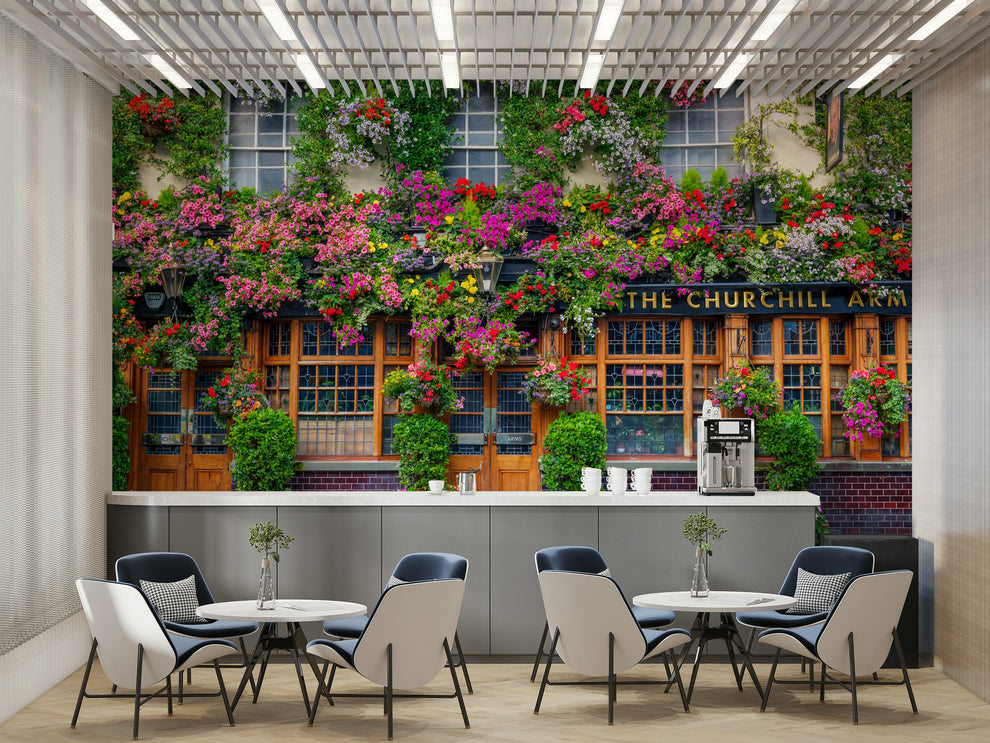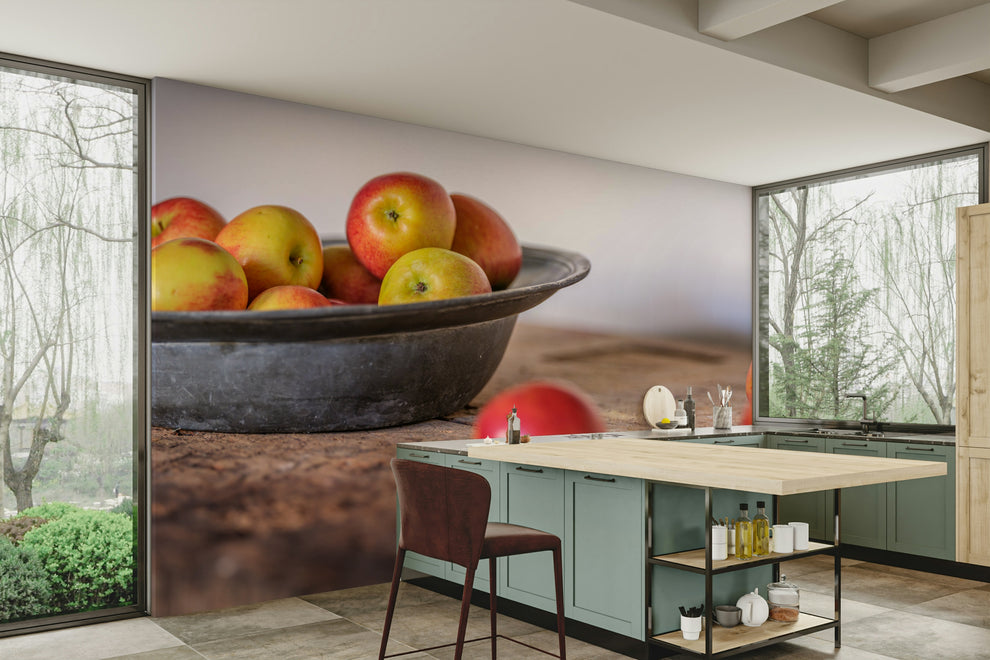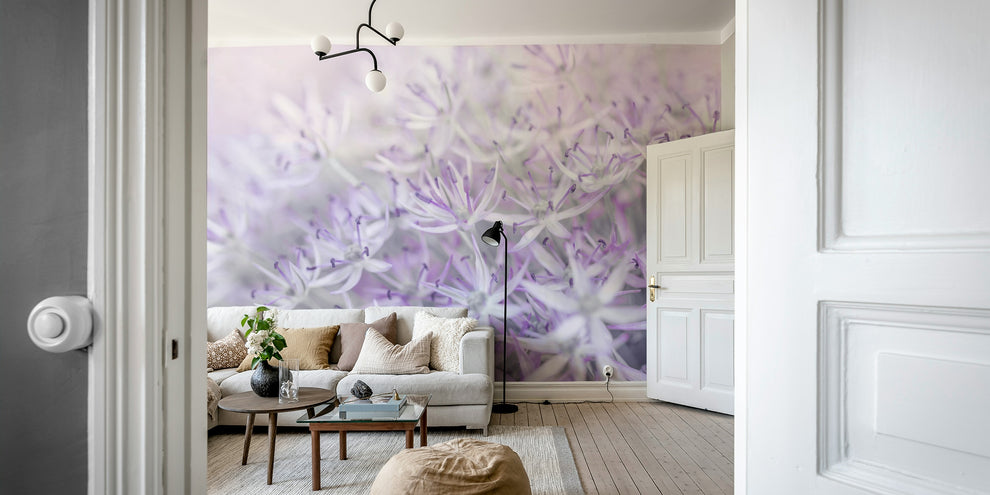
Wallpaper has been a staple in interior design for decades, and in the UK, it’s experiencing a resurgence. Homeowners, renters, and interior designers alike are embracing wallpaper to bring personality, texture, and vibrancy to their spaces. Whether you are opting for a statement abstract colour wallpaper or soft nature wallpaper, the options are endless. However, when it comes to choosing the right wallpaper for your home, you might wonder whether to go for the classic, traditional wallpaper or the newer peel and stick wallpaper options. This article compares both styles, highlighting the pros and cons of each.

Peel and stick wallpaper is a modern alternative to traditional wallpaper that eliminates the need for paste or glue. As the name suggests, it has a self-adhesive backing, making it easy to apply and remove without the mess or hassle of traditional wallpaper installation. Removable wallpaper is another term for peel and stick wallpaper because it can be taken down without damaging the walls, making it an excellent choice for renters or those who like to refresh their spaces often.
In the UK, peel and stick wallpaper has become popular in a range of designs, from botanical wallpaper to more bold patterns like dark floral wallpaper or even marble wallpaper. It's an excellent choice for high-traffic areas like hallways and bathrooms, especially when you opt for peel and stick wallpaper for bathroom applications, which are waterproof and easy to clean.

Traditional wallpaper, on the other hand, is applied using a paste or glue, requiring more time and effort to install. It has been a go-to for creating long-lasting, high-quality finishes in homes for generations. Textured wallpaper is particularly popular among those who want to add a tactile dimension to their walls, creating depth and visual interest. You’ll also find animal wallpaper, sunflower wallpaper, and even intricate nature wallpaper designs in this category.
When properly applied, traditional wallpaper can last for years and has a luxurious feel, often providing superior coverage and durability. It's also typically thicker than peel and stick varieties, providing a more robust finish. However, one downside is that it can be tricky to remove once applied, which can be an issue if you're in a rental property or planning to redecorate in the future.

One of the biggest advantages of peel and stick wallpaper is its ease of installation. You simply peel off the backing and stick it to your walls. This makes it ideal for DIY enthusiasts who want a quick, easy makeover. In contrast, traditional wallpaper requires preparation, such as measuring, cutting, and pasting, which can be quite time-consuming. It also demands a certain level of skill, as applying the wallpaper evenly and without bubbles can be challenging.
For those who want to update their spaces in a weekend, peel and stick wallpaper is a great option. It's a stress-free solution for anyone who needs a fast, clean application, and it doesn't require additional tools or expertise.

Traditional wallpaper is often more durable and long-lasting compared to its peel and stick counterpart. High-quality traditional wallpapers, especially those designed for high-traffic areas, can withstand years of wear and tear. For example, textured wallpaper or marble wallpaper can give your walls a timeless appeal that endures.
However, peel and stick wallpaper is still a very durable option, particularly newer versions made with advanced materials that are designed to be water-resistant and tear-resistant. For instance, peel and stick waterproof wallpaper for bathroom is specially formulated to handle the humidity and moisture common in bathrooms, making it an ideal solution for wet areas. Waterproof wallpaper for walls in bathroom options ensure that your design stays intact without fading or peeling.
That said, peel and stick options do have a limited lifespan compared to traditional wallpaper, particularly in high-traffic areas. But when it comes to ease of maintenance and removal, peel and stick wallpapers have a distinct advantage.
